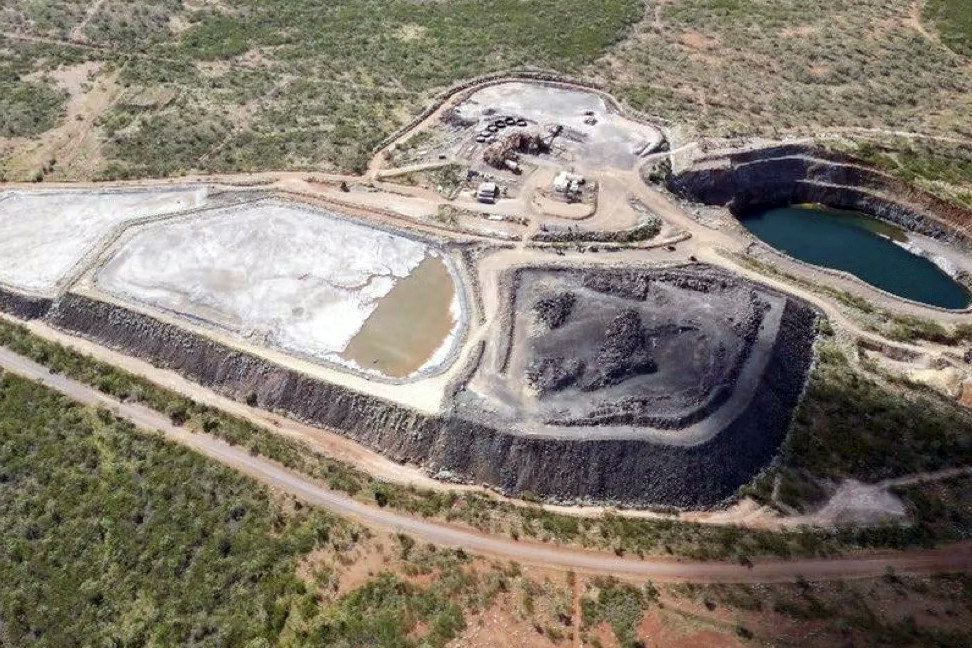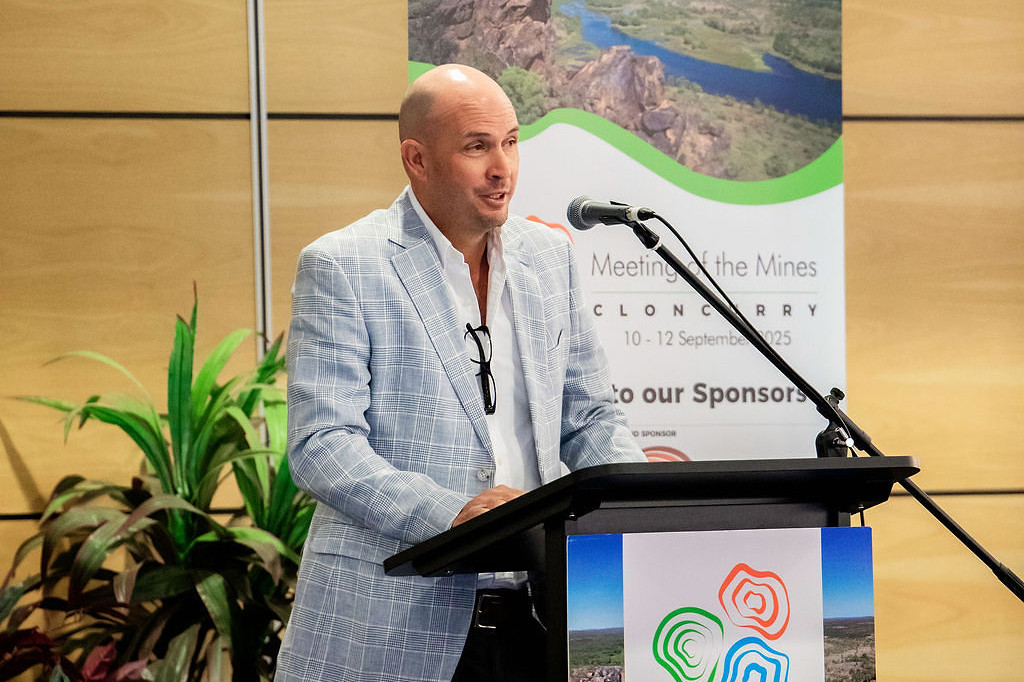Business
20 October, 2025
Cloncurry poised for second gold rush in the North West
The soaring price of gold is cause for cautious optimism in the Cloncurry Shire.

Gold’s record-breaking rally – touching around US$4250 an ounce – is sparking talk of a modern-day gold rush in the North West, where towns like Cloncurry could once again find themselves glittering with opportunity.
One company hoping to be a major player is AuKing Mining.
Managing director Paul Williams said the price surge had opened the door for a major revival.
“We’re looking to acquire some gold assets in or just outside of the Cloncurry township,” he said of the plans to purchase Orion Resources.
“It’s a pretty well-known operation called Lorena, and then there’s a collection of mining leases and exploration ground which are tremendously exciting.
“Even at a lot less than $4000 an ounce, it’s a great opportunity.”
AuKing is finalising its acquisition of the Lorena gold project and the Mount Freda mine, about 30km south-east of Cloncurry.
“We’ve been working on this since the beginning of the year,” Mr Williams said.
“The more we get involved, the more opportunities we can see. We’re looking forward to getting up there and making a bit of a contribution to the town.”
The company expects to take six to 12 months to get the mine and its associated processing plant back into production.
“It’s not operating at the moment, but once that happens, there’ll absolutely be a focus on local people,” Mr Williams said.
“We’ll start with a smallish team and then grow from there. There’ll be opportunities not just for workers, but also for local service providers – transport, fuel, engineering, catering – the lot.”
AuKing’s managing director explained that revisiting historic mine sites made economic and technical sense.
“Mount Freda was mined in the early 1990s when the gold price was around $250 or $300 an ounce,” he said.
“We’re a lot smarter now with our drilling and our metallurgical test work. When you go back into these historical pits – they’re full of water at the moment – but they can be dewatered quickly and mined again.
“There are two or three of those on the ground that we’re acquiring; and therein lies the opportunity.”
Mr Williams acknowledged that high prices could be fickle but said the project was robust enough to ride fluctuations.
“It would be great if (gold) stayed at $4000, but it doesn’t have to,” he said.
“We’re probably in a new environment where it may bounce between $2700 and $4500, but we can still make money if it comes off.
“Long may the current price arrangements reign.”
The Lorena processing facility could also become a regional asset.
“It’ll be one of the only significant bulk processing plants in the Cloncurry-Mount Isa region,” Mr Williams said.
“It will open up opportunities for other projects that can’t afford the capital expense of building their own. We’ll be able to toll-treat other companies’ ore, which will be a key part of what we’re looking to do.”

Cloncurry mayor Greg Campbell said the community was watching with renewed interest and cautious optimism.
“Yes, I think we are looking at something of a gold rush,” he said.
“You can see that evidenced by Paul talking – a junior miner looking to get started as quickly as they can to take advantage of prices as they are now.”
For the passionate mayor, the town’s long mining legacy is never far from mind.
“Cloncurry was founded over 150 years ago after copper was discovered, and not long after that, gold,” he said.
“It created the kind of rush you see in old movies, where people came in on horseback or on foot, trying to make their fortune.
“We had scores of pubs open up – some were just a wet canvas bag and a keg – but that was the gold rush.”
Gold mining continued in the region sporadically until the mid-20th century before declining, only to rebound in the 1980s with new finds at Tick Hill and Osborne.
“Tick Hill produced around half a million ounces of gold in 10 years,” Cr Campbell said.
“And the Osborne mine poured gold bars right up until recently.
“Evolution Mining just extended the life of Ernest Henry Mine until 2040 and, to this point, they’ve produced 2.4 million ounces of gold.
“We’ve been a gold region for a long time – and by the looks of it, we will be for a long time to come.”
However, the mayor is mindful of recent turbulence.
“In the last year or so, we have been burned as a community by junior miners who, for a number of reasons, have gone into administration or liquidation,” he said.
“While we’re still supportive, we’re cautious of junior miners these days, because the first people who get hurt when they go under are the local businesses.”
Cr Campbell said he welcomed AuKing’s interest but hoped the next wave of projects would prioritise stability and long-term benefit.
“We’re a mining town and we’re pro-mining, but it’s about doing it properly,” he said.
“We want to see jobs for locals, contracts for locals, and companies that want to be part of the community – not just fly-in, fly-out operators.”
He added that a surge in gold mining could be of benefit to the entire region.
“If Cloncurry’s going strongly, then Mount Isa – and ultimately Townsville and the rest of the state – will be in a good position,” Cr Campbell said.
“The bulk of the copper that feeds the Mount Isa smelter now comes from Cloncurry Shire.
“If gold production kicks in again on top of that, it could really strengthen our regional economy.”
Mr Williams said the North West had been welcoming to AuKing and other junior miners.
“There’s an enormous amount of opportunity up there,” he said.
“We’re talking about an area that’s historically rich in minerals, that’s got good infrastructure, and a community that knows mining.
“It’s exactly the kind of place where the next chapter of Australia’s gold story can be written.”